Mary Jane Windle | |
|---|---|
| Born | February 16, 1825 Wilmington |
| Died | after 1882 |
| Occupation | Writer |
Mary Jane Windle (born February 16, 1825) was an American short-story writer and journalist.
Mary Jane Windle | |
|---|---|
| Born | February 16, 1825 Wilmington |
| Died | after 1882 |
| Occupation | Writer |
Mary Jane Windle (born February 16, 1825) was an American short-story writer and journalist.
Mary Jane Windle was born on February 16, 1825 in Wilmington, Delaware. [1]
Windle published two collections of her short stories of historical fiction, Truth and Fancy (1850) and Legend of the Waldenses, and Other Tales (1852). Zohara Boyd writes that Windle's is "irritating and boring" and wildly historically inaccurate. [2]
Windle worked in Washington DC as a society columnist. Her observations of Washington society and Congressional proceedings were praised at the time. Windle's sympathies were unabashedly anti-Northern. [3] [4] Boyd writes: "In Windle's sketches, Southern delegates, cabinet members, and judges are all uniformly handsome, learned, and eloquent; Northerners are all cold, haughty, and wrongheaded. Southern women, of course, are prettier, more elegant, and more sweet-tempered." [2]
Windle was arrested under suspicion for being a Confederate spy. [5] She was apprehended on August 22, 1861, leaving Alexandria, Virginia. Mary Chestnut wrote in her diary that Windle was "boldy proclaiming herself a secessionist & saying she is in correspondence with Confederate leaders." [6] At the end of the war, she was arrested again, one of a number of people in the capitol arrested for seditious outbursts following President Lincoln's assassination,. In Reveille in Washington, Margaret Leech writes "Windle was accused of maliciously tearing down flags from her boardinghouse, and throwing them into the street" [7]
At some point, for unknown reasons, she began going by the name Mary Jane McLane and was even crossing out references to Mary Jane Windle she found at the Library of Congress and replacing them with Mary Jane McLane. [8]
In 1882, she was living in an attic in Philadelphia, Pennsylvania, in poverty after loaning most of her money to a relative who died without repaying her. The Philadelphia Times described her: "Sometimes she carries in her hand a huge umbrella; sometimes an immense handkerchief grasped by one corner and floating about her like a flag, and occasionally she displays in her cotton gloved hands a huge slice of bread and butter as she walks." [9]

Mary Ann Camberton Shadd Cary was an American-Canadian anti-slavery activist, journalist, publisher, teacher, and lawyer. She was the first black woman publisher in North America and the first woman publisher in Canada. She was also the second black woman to attend law school in the United States. Mary Shadd established the newspaper Provincial Freeman in 1853, which was published weekly in southern Ontario. it advocated equality, integration, and self-education for black people in Canada and the United States.

Charles Francis Adams Sr. was an American historical editor, writer, politician, and diplomat. As United States Minister to the United Kingdom during the American Civil War, Adams was crucial to Union efforts to prevent British recognition of the Confederate States of America and maintain European neutrality to the utmost extent. Adams also featured in national and state politics before and after the Civil War.

Varina Anne Banks Davis was the only First Lady of the Confederate States of America, and the longtime second wife of President Jefferson Davis. She moved to the presidential mansion in Richmond, Virginia, in mid-1861, and lived there for the remainder of the Civil War. Born and raised in the Southern United States and educated in Philadelphia, she had family on both sides of the conflict and unconventional views for a woman in her public role. She did not support the Confederacy's position on slavery, and was ambivalent about the war.

John Bubenheim Bayard was a merchant, soldier, and statesman from Philadelphia, Pennsylvania. He achieved the rank of colonel while serving with the Continental Army, and was a delegate for Pennsylvania to the Congress of the Confederation in 1785 and 1786. Later he was elected as mayor of New Brunswick, New Jersey.
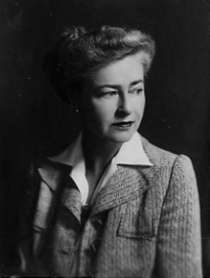
Margaret Kernochan Leech, also known as Margaret Pulitzer, was an American historian and fiction writer. She won the Pulitzer Prize for History both in 1942 and in 1960.

Samuel Cooper was an American career Army staff officer, serving during the Second Seminole War and the Mexican–American War. Although little-known today, Cooper was technically the highest-ranking general officer in the Confederate States Army throughout the American Civil War, even outranking Robert E. Lee. After the conflict, Cooper remained in Virginia as a farmer.

Mary Boykin Chesnut was an American writer noted for a book published as her Civil War diary, a "vivid picture of a society in the throes of its life-and-death struggle." She described the war from within her upper-class circles of Southern slaveowner society, but encompassed all classes in her book. She was married to James Chesnut Jr., a lawyer who served as a United States senator and officer in the Confederate States Army.

James Chesnut Jr. was an American lawyer and politician, and a Confederate functionary.
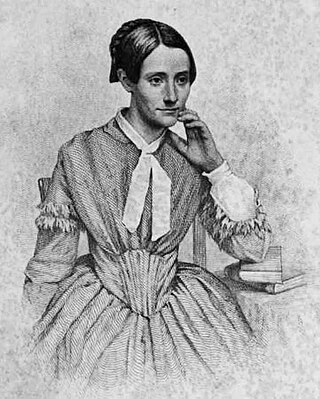
Emily Chubbuck was an American writer.
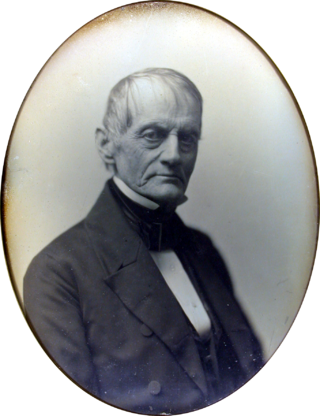
William Appleton was an American businessman and politician from Massachusetts. He was a trader, shipowner, and banker, and served as a U.S. representative from Massachusetts from 1851 to 1855, and again from 1861 to 1862.
Ben Ames Williams was an American novelist and writer of short stories; he wrote hundreds of short stories and over 30 novels. Among his novels are Come Spring (1940), Leave Her to Heaven (1944) House Divided (1947), and The Unconquered (1953). He was published in many magazines, but the majority of his stories appeared in The Saturday Evening Post.

John Minor Botts was a nineteenth-century politician, planter and lawyer from Virginia. He was a prominent Unionist in Richmond, Virginia, during the American Civil War.
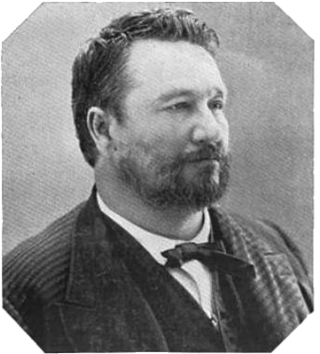
Joel Bryan Mayes was Principal Chief of the Cherokee Nation.
Edward Colston was a Virginia lawyer, slaveholder and Federalist politician who served in the Virginia House of Delegates and United States House of Representatives.

John Hill Wheeler (1806–1882) was an American attorney, politician, historian, planter and slaveowner. He served as North Carolina State Treasurer (1843–1845), and as United States Minister to Nicaragua (1855–1856).

Mulberry Plantation, also known as the James and Mary Boykin Chesnut House is a historic plantation at 559 Sumter Highway south of Camden, South Carolina. Declared a National Historic Landmark in 2000, it is significant as the home of American Civil War chronicler Mary Boykin Chesnut, who produced some of the most important written accounts of the war from a Confederate perspective. The main house, built about 1820, is a fine example of Federal period architecture.
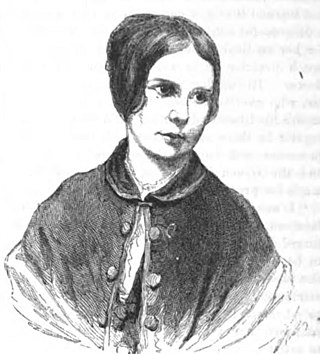
Harriet Jane Farley was an American writer and abolitionist, editor of the Lowell Offering from 1842–1845, and editor of the New England Offering from 1847–1850.

Susan Dupont Petigru King-Bowen was a 19th-century American socialite, realist, fiction writer and novelist. Her work, which included Busy Moments of an Idle Woman (1853), Lily: A Novel (1855), Sylvia’s World: Crimes Which the Law Does Not Reach (1859), and Gerald Gray’s Wife (1864), focused on subversive portrayals of South Carolina aristocracy, in which men toyed with women’s affections, women plotted against one another’s best interests, and mothers forced daughters to choose wealth over romance.
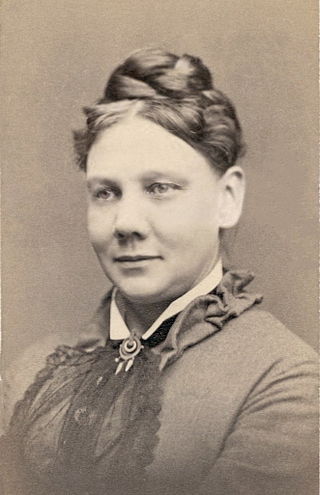
Mary Henderson Eastman was an American historian and novelist who is noted for her works about Native American life. She was also an advocate of slavery in the United States. In response to Harriet Beecher Stowe's anti-slavery Uncle Tom's Cabin, Eastman defended Southern slaveholding society by writing Aunt Phillis's Cabin: or, Southern Life As It Is (1852), which earned her considerable fame. She was the wife of the American illustrator and army officer Seth Eastman.

Mary Berkeley Minor Blackford was an American anti-slavery activist, founder of the Female Auxiliary of the American Colonization Society in Fredericksburg.